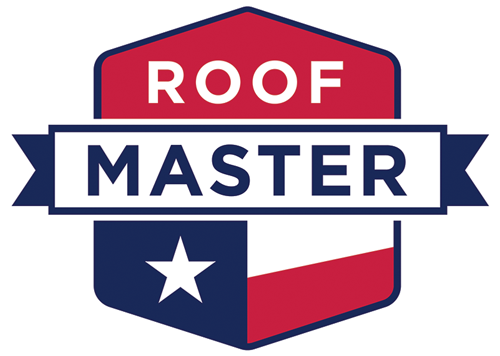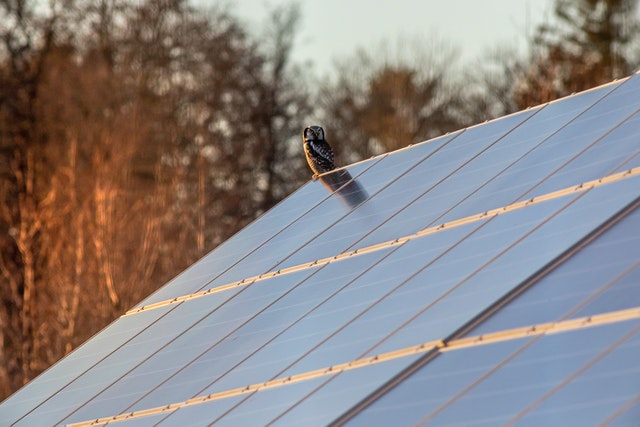Knowing how to install polycarbonate roofing is essential for homeowners who fancy this roofing material for its aesthetics and key features. Polycarbonate is a common roofing material, preferred by many homeowners because of its durability and affordability.
The installation process for polycarbonate roofs can be daunting to new homeowners, but a guide makes it easier. You need to have the sheets, tools, and equipment like a hammer and drill-ready for the process. Hopefully, this step-by-step guide will help you with your DIY roofing project.
Although you are looking forward to starting your polycarbonate roof installation, you first need to know about what polycarbonate roofing is and how its features factor into installation. It is also essential to check the different types of roofs and the pros and cons to decide if it’s right for you. Luckily, we will mention this information in the article.
Let us get started.
What Is Polycarbonate?
A polycarbonate roof is made from a strong thermoplastic material. The roofing material is lightweight, but it can withstand high and low temperatures and extreme weather conditions.
Although the roofing material is aesthetically appealing, it is not suitable for covering the entire house. Most homeowners install the polycarbonate roof on their patios, deck areas, and conservatories.
A polycarbonate roof has a longevity of about 10-20 years. However, some manufacturers issue their customers a lifetime warranty for the roof. Still, homeowners have to take good care of it by doing regular roof inspections and hiring qualified installers to benefit from the warrant.
Types of Polycarbonate Sheets
Once you decide to install the polycarbonate roof on your patio, the next step is to choose the best sheets. When buying these sheets, homeowners are spoiled for choice, making it more challenging to decide. Some of the best types are;
1. Solid Polycarbonate Sheets
Solid polycarbonate sheets are the most common ones because they are simple yet sturdy. The sheets are very flexible to transport and fix and are lightweight. While homeowners might be tempted to DIY roof installation if the material is light, but you should get a professional for installing this type of material if you’re not confident in your ability to do the job correctly.
2. Corrugated Polycarbonate Sheets
If you don’t like the look of the solid polycarbonate sheets, you can buy the corrugated ones instead. These have a wavy structure which increases the roof’s strength, meaning it can withstand harsh climatic conditions and last longer.
The corrugated sheets require little to no maintenance because dust and debris like leaves don’t stick on the roof as easily. The sheet’s structure allows the debris to roll over and fall, which also means that mold and mildew can barely grow on the sheets.
3. Multiwall Polycarbonate Sheets
If you want to increase your home’s energy efficiency, the multiwall polycarbonate sheets are your best bet. These have several layered sheets filled with air gaps to trap the air. They maintain the correct temperatures in the house, reducing the use of the heating and cooling system.
Besides, your room will be warm during winter and cool in summer, meaning you don’t need the HVAC system. Consequently, homeowners pay little energy bills due to low power usage.
4. Transparent Solid Sheets
Homeowners who want to attract sunlight to the spaces can use transparent solid sheets. The light makes the room look bigger and more beautiful. However, if you wish to have less sunlight on your patio, get the multiwall sheets or colored ones.
Polycarbonate Roofing How to Install
Now that you know what polycarbonate roofing is and the different types, it is time to learn how to install the roof. To make the process easier and faster, ensure you prepare your tools and equipment before.
You should first get the roof’s structure. Do you want it to be steep or a flat roof? Ensure that the system is strong enough for the roof to last. For example, the rafters and seams should be fixed appropriately and securely enough to remain in place despite any weather conditions.
If the structure is ready, measure the roof correctly to know the size of polycarbonate you need. If you are unsure of this step, hire a professional roofer to measure it. They should measure the length, width, and steepness of the slope.
The tools you need for your polycarbonate roof installation process are a hammer, drill, and a circular saw. Take these on the roof beforehand to avoid multiple trips, which wastes time and energy.
The Installation Process
Once your tools are ready and have the proper structure for the roof, installing it is straightforward. These steps will help you make sure your next DIY installation goes according to plan.
Step 1: Lay the Sheets and Glazing Bars
The installer should professionally lay the sheets and the glazing bars on the structure, ensuring they fit correctly. There should be no gaps or unevenness on the sheets. Besides, since the polycarbonate sheets are high-impact resistant, the installer should ensure that they are sturdy. Otherwise, they will easily be blown away by the wind.
Step 2: Fit the Polycarbonate Sheets
Fitting the sheets is essential when learning how to install polycarbonate roofing sheets. Start fitting the glazing bars once the structure is good and there are no gaps or unevenness.
Place the glazing bars on the roof’s edges and drill holes 500mm apart. The holes are for inserting the fixings to secure the bars and prepare for installing the sheets.
At this stage of the installation, fix the eaves fillers. You can then add the sheets by fixing one to the glazing bar. Ensure the sheets are well lined up on the roof and ready for permanent fixing.
Step 3: Secure the Screws
When installing the sheets, ensure there is a glazing bar in between each sheet which you will use to seal the gaps. Once you have aligned the sheets and attached them with the bars, get the screw caps to cover the screws.
Step 4: Strengthen the Roof
Remove any covering of your sheets and drill different parts to fix more screws and ensure sturdy installation. This way, your sheets won’t be blown off by the wind, and they will withstand harsh climates. If the roof attaches to the wall, add flashing to ensure water drainage.
Final Words
Congratulations on learning how to install polycarbonate roofing! The process is straightforward, but get a professional to install your roof if you are unsure of your skills. Roofing experts at Roof Masters can help you install polycarbonate roofing affordably.



